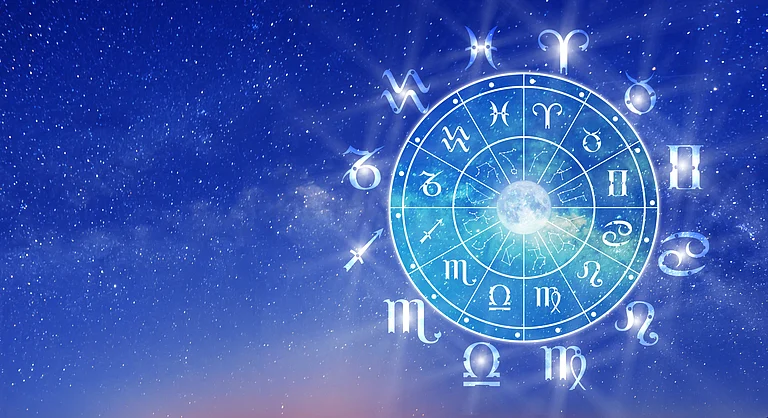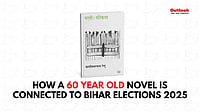At a time when Carnatic music is teeming with talents so full of exuberance that often makes the south Indian classical system sound less reposeful than ideal, Pattabhirama Pandit functions as a carrier of certain old-world aesthetics which lend sobriety to his concert conduct. The vocalist turned 40 today when a reputed young-generation exponent of the Hindustani stream is also celebrating her birthday. In Kolkata, Kaushiki Chakraborty is considered one of the torch-bearers of the Patiala Gharana she inherited from her father-guru.
Kaushiki learned her art under senior exponent Pt Ajoy Chakraborty, also a composer-lyricist who is celebrated as the scion of Patiala Gharana. A school that developed in erstwhile undivided Punjab, it gained great fame in the 20th century owing to the contributions of Bade Ghulam Ali Khan. The ustad (1902-68) was born in Kasur off Lahore in present-day Pakistan.
For a style of music that evolved in the west of the country to find its best representative in a diametrically opposite belt of India post independence is in itself a fascinating story. More so, considering that Khan sahib himself had in between (for a decade since 1947) opted be a citizen of the Islamic Republic of Pakistan, where he as an artist felt like a fish out of water—and managed to make India his home yet again after moving into a bungalow in Mumbai’s upscale Malabar Hill, courtesy the then Bombay chief minister Morarji Desai (who later became India’s PM).
If the ustad, who was born into a family with a grand line-up of classical musicians, had a Partition-related chapter to his life story, not much different is the case with Pt Chakraborty. Little Ajoy’s family had moved in from East Bengal’s Mymensingh, which is now in Bangladesh and has the broad Brahmaputra flowing across it. Much like the majesty of the river, Pt Chakraborty’s music is marked by its building bridges between serene and turbulent moods.
They key to that feature finds reflection in the vocals of Kaushiki, 37, who has also learn Carnatic from (late) wizard M. Balamuralikrishna (also Pt Chakraborty’s guru). Her music brims with eclecticism that goes beyond purist’s aesthetics. The throat profile, evidently, has its influences of popular music that doesn’t include just film songs.
This could be one reason why Kaushiki is particularly famous by the standards of an average classical musician. Her primary-school son Rishith has already begun displaying a penchant for playing the table, while Kaushik’s husband Parthasarathi Desikan is also a musician. Together, they occasionally perform jugalbandis. Parthasarathi sings Hindustani, but his second name is unmistakably Dravidian.
Piquantly, Pattabhirama’s surname is Pandit—he is a native of Mysore in Karnataka. Much like Kaushiki, this Carnatic vocalist also hails from a family of musicians. In fact, it was Pattabhirama’s mother M.S. Nagarathna who taught the boy the introductory seven notes (saptaswaras) as a toddler. His next teacher to shape the boy up for no less than six years was veteran Vallabham Kalyanasundaram, who was sister of scholar-composer Mayuram Viswanatha Sastri (1893-1958).
Then, Pattabhirama did his higher studies under Dr S. Ramanathan (1917-88), known for his deep thoughts on Carnatic music over which he also had immense scholastic skills. The youngster further explored the beauty of the form under K.V. Narayanaswamy, another holder of the Sangita Kalanidhi, often considered the greatest honour for a Carnatic exponent. That exposure at the master’s Chennai home eventually moulded the vision of Pattabhirama, whose vocals today resonate with the serene air of the music of Narayanaswamy (1923-2002).
The charm of a slower tempo in Carnatic is something that Pattabhirama keeps reminding his listeners in our times. All the same, he takes care not to leave those passages bland; that again used to be a highlight of Narayanaswamy. Obviously, the south and north Indian music idioms have a lot to hear and sense in the decades to come.


























